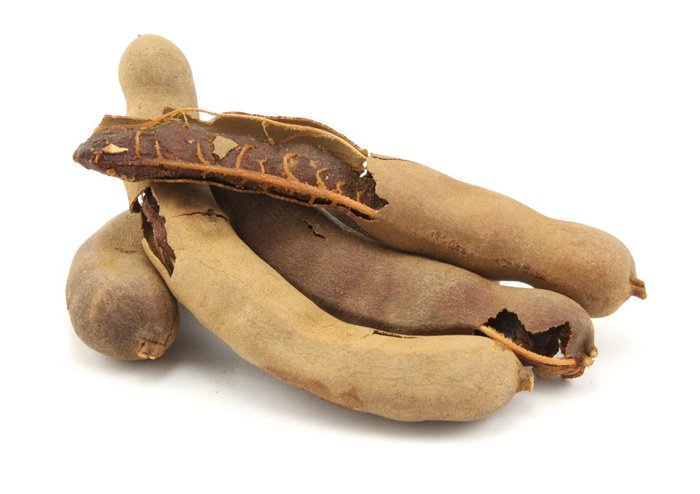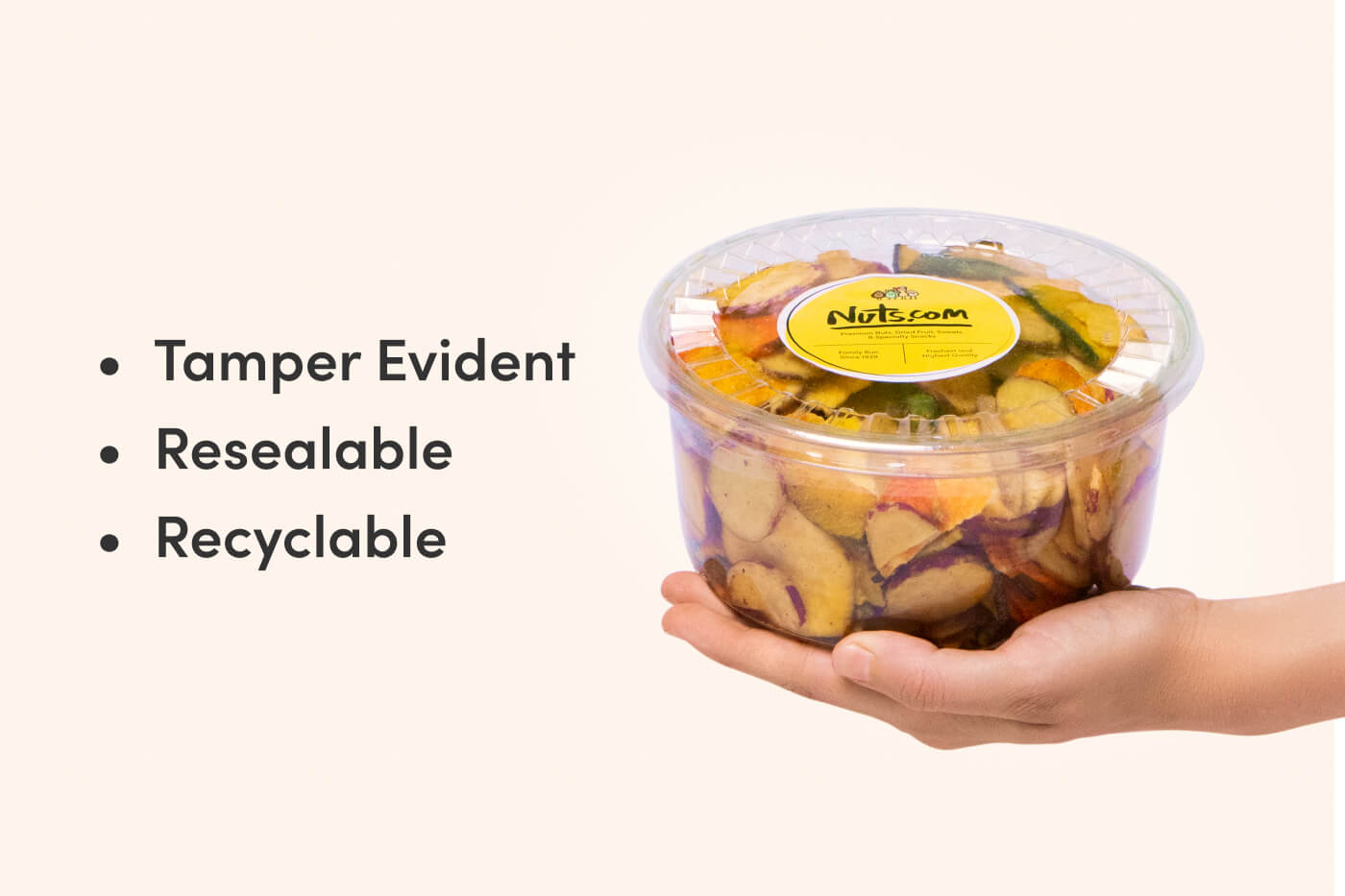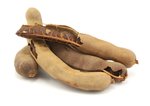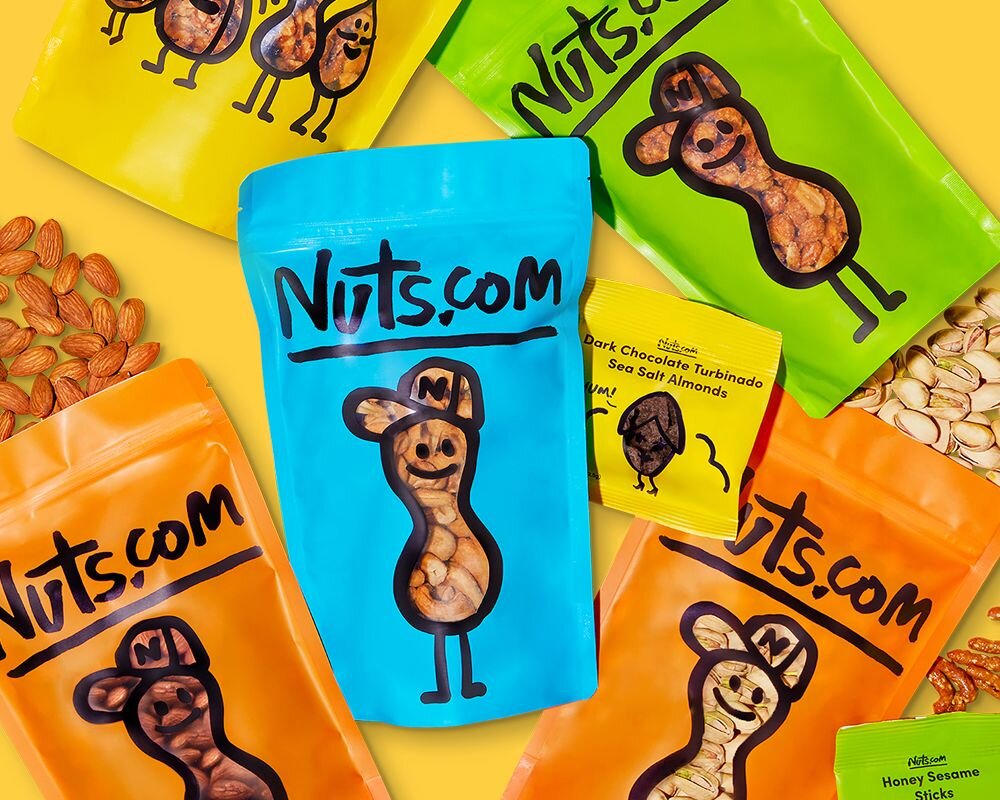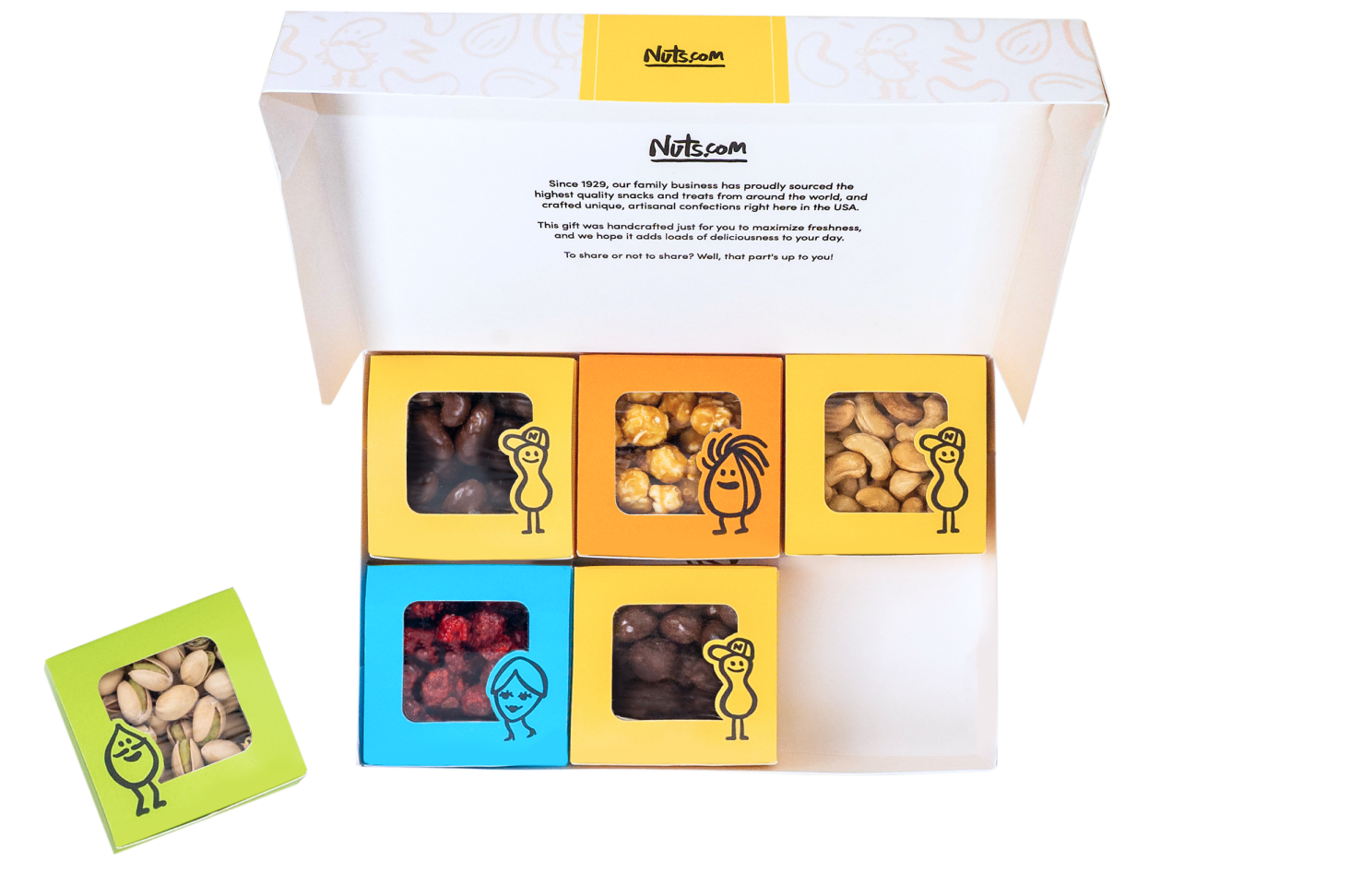Tamarindo
$11.99
Carousel Images
Tamarindo
Delivery Options
Overview
Shelf Life: Store in a cool dry place. Refrigeration is not needed.
Origin: Mexico
Product ID: 1876
Shelf Life: Store in a cool dry place. Refrigeration is not needed.
Origin: Mexico
Product ID: 1876
A staple in Mexican and South East Asian cuisines, tamarindo lends a signature sweet and sour taste to dishes. Grown in Mexico, the tamarind pods contain a tangy brown pulp, which is often used to create a paste for cooking. The pod that the seed comes in is delicate, and will come cracked or broken. Tamarind in Central and South America is often used to make desserts, and aguas frescas or sweet tamarind beverages.
Ingredients:
Tamarind. Packaged in the same facility as: Peanuts, Tree Nut, Wheat, Soy, Milk, Sesame, Fish, Shellfish, Egg, and Sulfites.
Nutrition Facts
Serving size 7g (~0.2 oz.)
| Amount per serving | ||
|---|---|---|
| Calories | 20 | |
| % Daily Value | ||
Total Fat 0g | 0% | |
Saturated Fat 0g | 0% | |
Cholesterol 0mg | 0% | |
Sodium 2mg | 0% | |
Total Carbohydrate 4g | 1% | |
Dietary Fiber 0g | 2% | |
Total Sugars 3g | ||
Protein 0g | ||
Calcium | 0% | |
Iron | 0% | |
The % Daily Value (DV) tells you how much a nutrient in a serving of food contributes to a daily diet. 2,000 calories a day is used for general nutrition advice
Customer Reviews
– August 22, 2024
Donna, Babylon, New York
Verified purchaser
Disgusting
1 person found this review helpful
Size: 12oz container
– April 14, 2021
Daniel, Miami Beach, Florida
Verified purchaser
Half of the pods are mealy and dried out. inedible. i've ordered before and loved them. I guess its hit or miss.
5 people found this review helpful
Size: 12oz container
Showing 2 of 23 reviews


